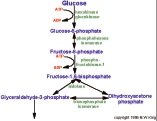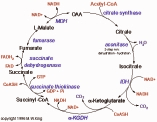Microsoft word - depressionsciencetresearch3-06.doc
A Summary of Research on the Effectiveness of Antidepressants and Psychotherapy Michael Conner, PsyD I n a 2002 review of research, Kirsch and Antonuccio (1) concluded that meaningful differences There is a significant gap between science and are lacking between antidepressants and placebos. In practice in the treatment of depression in America. 1998 Kirsch and Sapirstein (2) as










 Benfotiamine Inhibits Intracellular Formation of Advanced Glycation End Products in vivo
Benfotiamine Inhibits Intracellular Formation of Advanced Glycation End Products in vivo